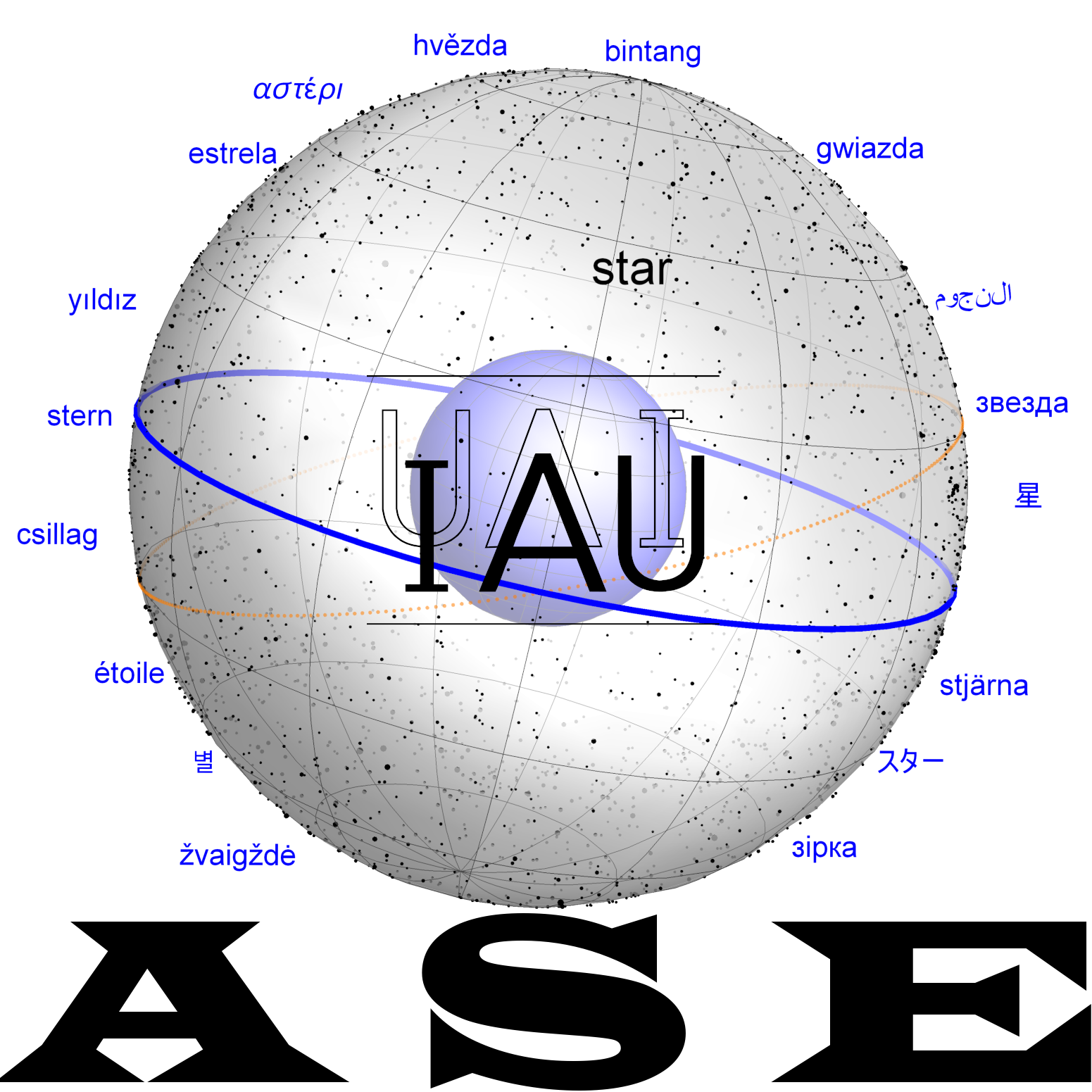ŠUL.GI
mul dŠUL.GI is an ancient Mesopotamian asterism.
Dictionary
Kurtik with Hilder, Hoffmann, Horowitz, Kim
A star (planet, constellation?) named in honor of king Shulgi, who ruled in Ur in the first half of the XXI century B.C. (III dynasty of Ur). According to legend, he ascended to heaven after his death and transformed into a celestial luminary [BCT 1, 132:5; Foxvog 1993, 105; Horowitz-Watson 1991, 410ff.; Steinkeller 2013b; Selz 2014]. The name mul dšul.gi occurs in the monolingual Sumerian star lists [MSL XI, 133, col. viii 41. 138, rev. ii 2′], predating the creation of a similar list in the Urra XXII series. In the hymns dedicated to Shulgi, the king is often likened to a celestial object (mul.an, mul.gin, mul.an.gin) [Castellino 1972, B:198, 364; C:19, 33, 49, 81, 111, 142]. In one hymn, the temple of e2.ḫur.sag in Ur, is compared to šul.gi.an.na "the heavenly Shulgi" [TCS 3, 24:132].
The presence of the name Shulgi in the monolingual Sumerian lists of stars indicates that the system of constellation names, known from texts of the II millennium BC and later, were already in the stage of formation in the era of the III dynasty of Ur.
On the possible astronomical meaning of the Shulgi star see also [Walker 1983a].
Historical Dictionaries
| Kurtik (2022) | Gössmann (1950) |
|---|---|
| звезда (планета, созвездие?), названная в честь царя Шульги, правившего в Уре в первой половине XXI в. до н.э. (III династия Ура). Согласно легенде, после своей смерти он поднялся на небо и превратился в небесное светило [BCT 1, 132:5; Foxvog 1993, 105; Horowitz–Watson 1991, 410ff.; Steinkeller 2013b; Selz 2014]. Название mul dšul.gi встречается в одноязычных шумерских списках звезд [MSL XI, 133, col. viii 41. 138, rev. ii 2′], предваряющих создание аналогичного списка в серии Urra XXII. В посвященных Шульги гимнах царь нередко уподобляется небесной звезде (mul.an, mul.gin, mul.an.gin) [Castellino 1972, B:198, 364; C:19, 33, 49, 81, 111, 142]. В одном из гимнов храм e2.ḫur.sag в Уре сравнивается с šul.gi.an.na «Небесным Шульги» [TCS 3, 24:132].
Присутствие имени Шульги в одноязычных шумерских списках звезд свидетельствует, что система названий созвездий, известная по текстам II тыс. до н.э. и более поздним, уже находилась в стадии формирования в эпоху III династии Ура. О возможном астрономическом значении звезды Шульги см. также [Walker 1983а]. |
Example |




